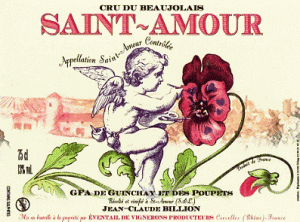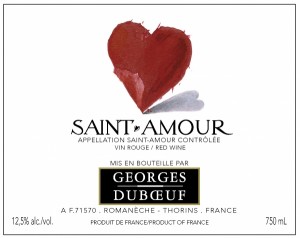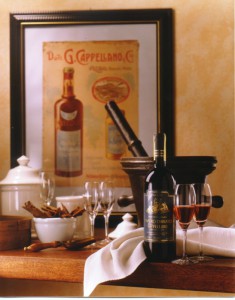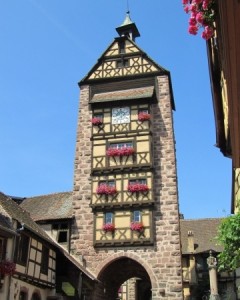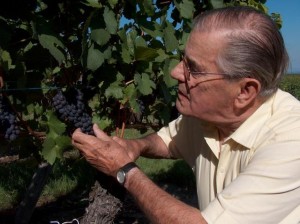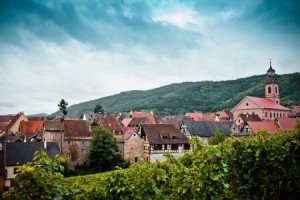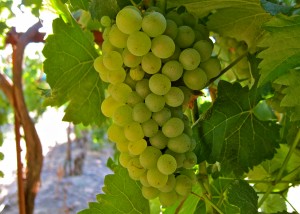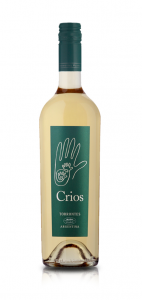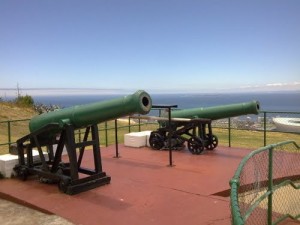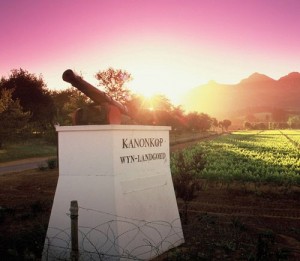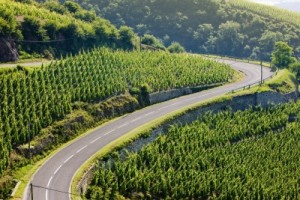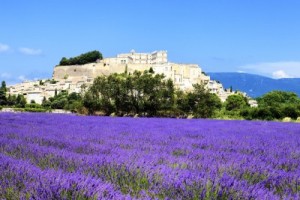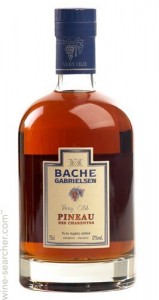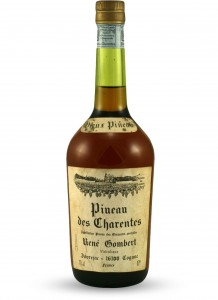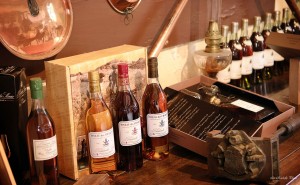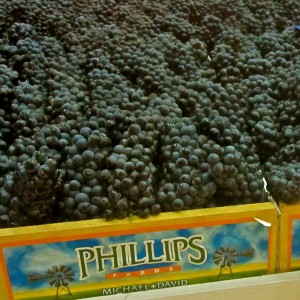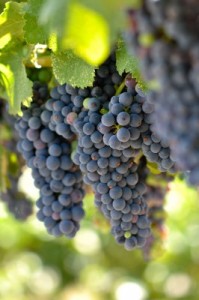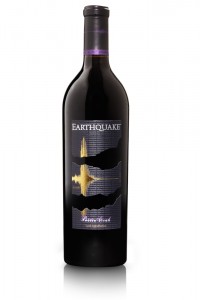The vineyard was originally planted, and the wall built around it, by the Cistercian monks of Cîteaux Abbey around the year 1336. The Château de Clos de Vougeot, built by rebuilding and enlarging a small chapel on the property, was added in 1551.
After the French Revolution, the Château and vineyards were taken from the Church by the State and in 1881 were sold to Julien-Jule Ouvrard (who also bought Romanée-Conti). After Ouvrard’s death, Clos de Vougeot passed to his three heirs, who put the estate up for sale in 1889. as a result of this sale, the vineyard was subdivided for the first time since its creation 700 years prior. Since that initial division, the estate has gone through several generations of inheritance subdivisions and land sales, such that today Clos de Vougeot has over 80 individual owners.
The vineyard itself is roughly rectangular, sloping from the northwest corner down towards the south and east. Roughly 117 acres of the enclosure are planted to vineyards. As the vineyard is large and situated on a slope, there is a great deal of diversity in the terroir within the enclosed vineyard. While most other vineyards in Burgundy have been delineated and classified by soil, Clos Vougeot seems to have been classified by the delineation of the wall itself.
The area surrounding the Château, in the northwest corner of the vineyard, is considered to be the finest. The soils here are light chalk and gravel over well-drained oolitic limestone. This portion of the vineyard borders the Grand Cru vineyards of Musigny and Grands Échezeaux.
The middle region of the vineyard has soil consisting of softer limestone, clay, and gravel with moderate drainage. Most of the other Côte de Nuits vineyards situated at this level of the slope are classified as premier cru.
The lowest portion of the vineyard borders RN74, the main road of the area, and is nearly flat, with alluvial clay soil and poor drainage. This part of the vineyard borders mostly village and regional-level vineyards. No other Grand Cru vineyard in the Côte de Nuits stretches down the hill to RN74.
Clos de Vougeot is a Grand Cru AOC for red wine produced from Pinot Noir. Red wine that does not meet the INAO regulations for Grand Cru status, such as those regarding maximum yield and minimum sugar levels at harvest, may be bottled as Vougeot Premier Cru. White wines produced with Chardonnay may also be produced under the Vougeot Premier Cru AOC.
The array of soils and vineyard owners added to the typical vintage variations expected in the Burgundy region mean that Clos de Vougeot wines are produced in a dizzying array of quality levels and even styles.
When the Cistercians tended the vineyard, they produced batches of wine from the entire vineyard, and then blended them to a style and quality consistency. In more modern times, the finest wines of Clos de Vougeot, dense and robust while young, can blossom with perhaps ten years of age into elegant wines worthy of the Grand Cru Status.
References/for more information:
- The Château du Clos de Vougeot: http://www.closdevougeot.fr/fr/
- The Confrérie des Chevaliers du Tastevin: http://www.tastevin-bourgogne.com/en/
- Cahier des Charges – Clos de Vougeot (note that per the legal documents, “Clos Vougeot” and “Clos de Vougeot” are both correct uses)
- Map of Vougeot via the INAO
Click here to return to the Society of Wine Educators website.
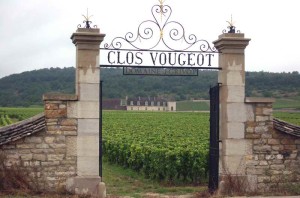
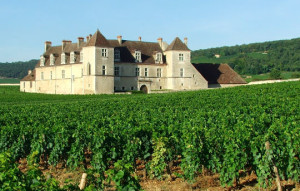
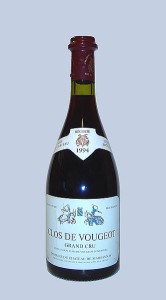
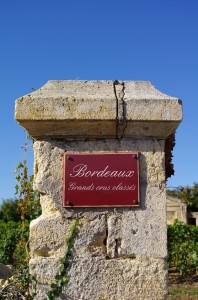
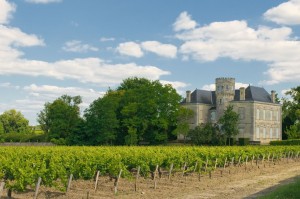
![9.8-The-Haut-Medoc-4-color-[Converted]](http://winewitandwisdomswe.com/wp-content/uploads/2013/09/9.8-The-Haut-Medoc-4-color-Converted-231x300.jpg)
